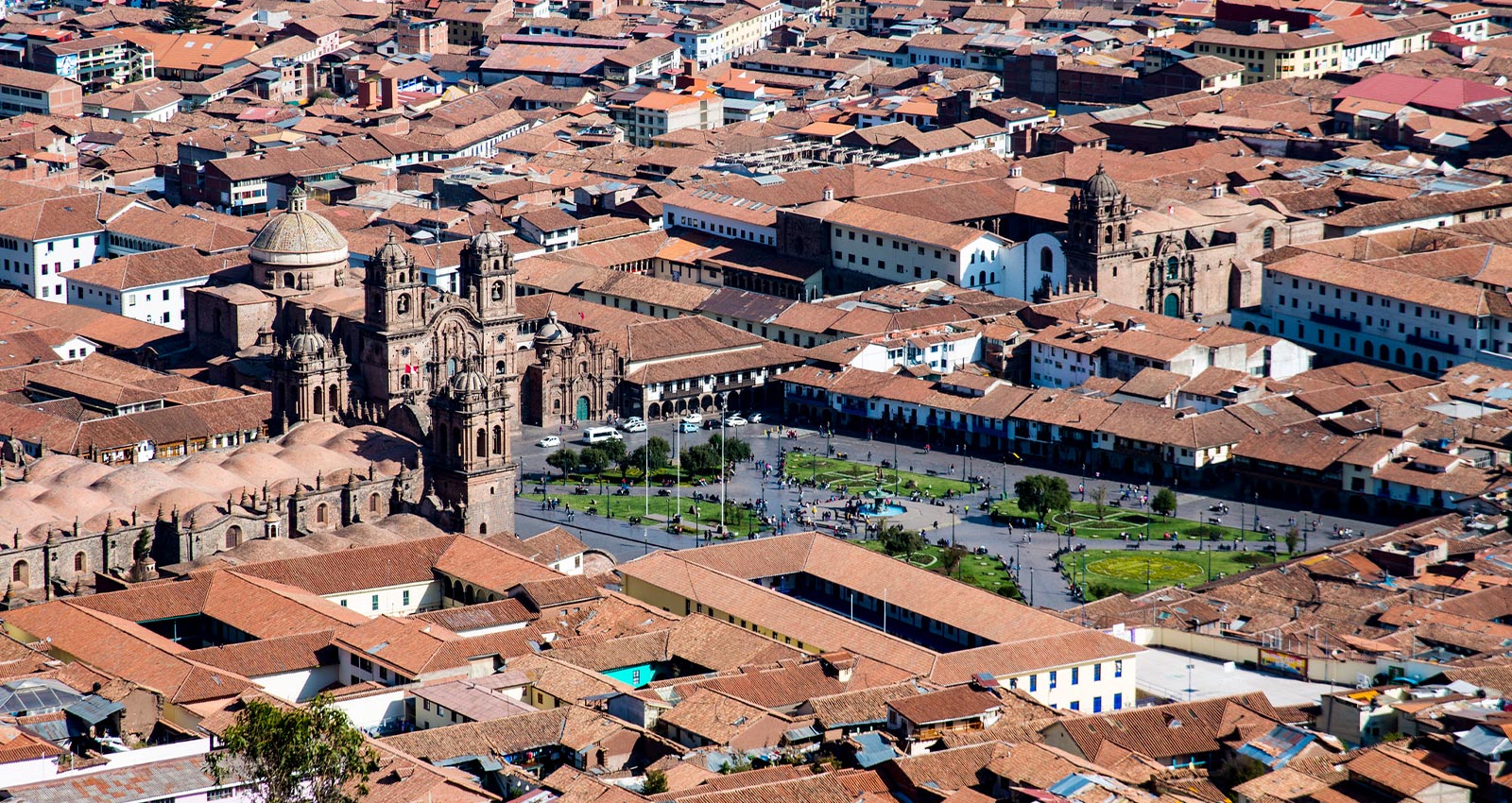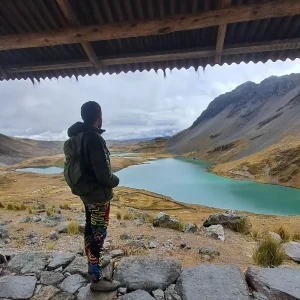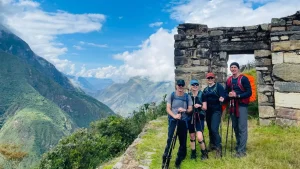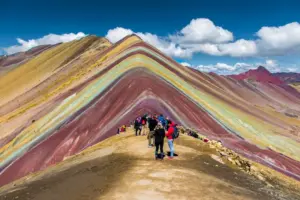Cusco, o coração do Império Inca, oferece inúmeras atrações. Se você está com pouco tempo, mas não quer perder os melhores pontos turísticos, relaxe! Apresentamos um roteiro com sugestões do que fazer em 3 dias em Cusco.
Você precisará chegar a Cusco logo na manhã do primeiro dia. Isso é essencial para aproveitar todos os lugares incríveis que você não pode perder.
Dia 1: Explorando a Cidade e Ruínas Incas
Ao chegar, acomode-se no seu hotel e beba um pouco de chá de coca, que geralmente é oferecido na recepção.
Depois de se instalar, você precisará adquirir o BILHETE TURÍSTICO DE CUSCO (Boleto Turístico). Pergunte na recepção onde comprá-lo. Você precisará deste ingresso para entrar nas principais atrações de Cusco. A partir daqui, você tem duas opções:
Visitar os locais por conta própria: Se decidir explorar sozinho, aqui estão algumas sugestões.
Contratar um City Tour em Cusco: Um passeio guiado que o levará aos melhores lugares, como Qorikancha (Templo do Sol Inca) e às quatro ruínas no alto de Cusco: Sacsayhuamán, Q’enqo, Puka Pukara e Tambomachay.

Mercado San Pedro
Em seguida, caminhe até o Mercado San Pedro, perto da estação de trem de San Pedro. Este é um local imperdível, repleto de artesanato local, produtos regionais e deliciosos sucos de frutas frescas, preparados na hora. É o lugar onde moradores e turistas se misturam, ideal para fotos e para observar a vida local.
Ao terminar no mercado, caminhe até a Plaza de Armas, a praça principal. Almoce em um dos muitos restaurantes excelentes. Tente conseguir uma mesa em uma das charmosas varandas para observar o movimento da praça.
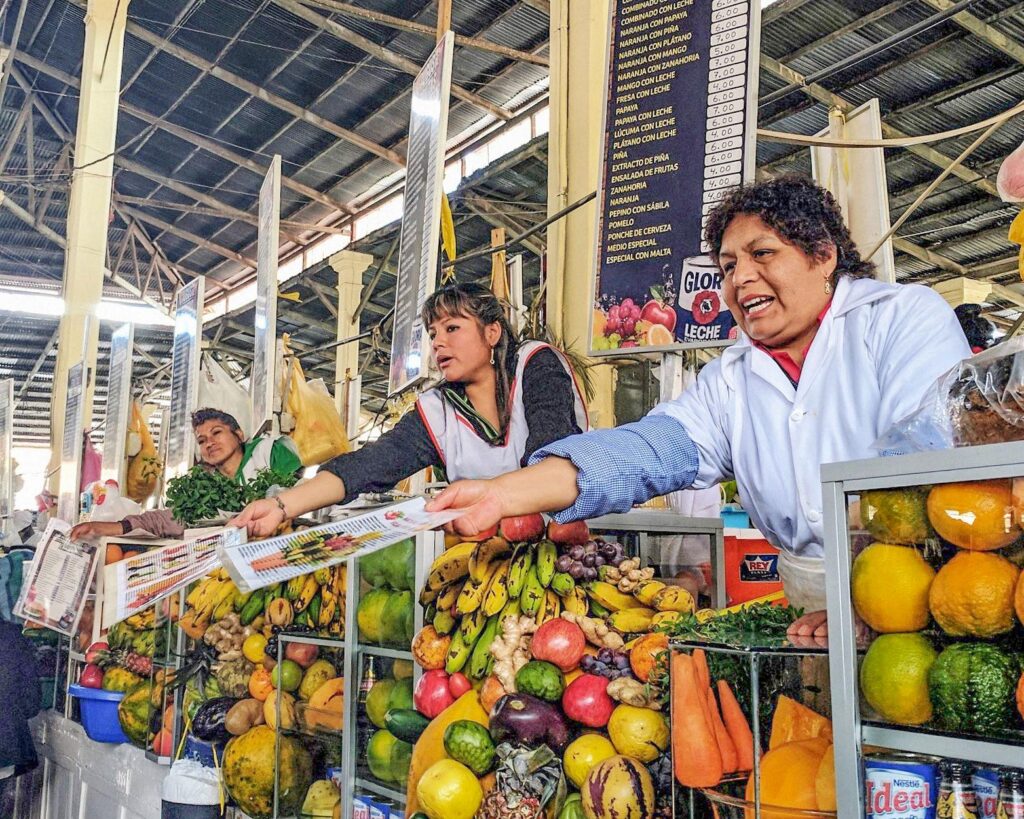
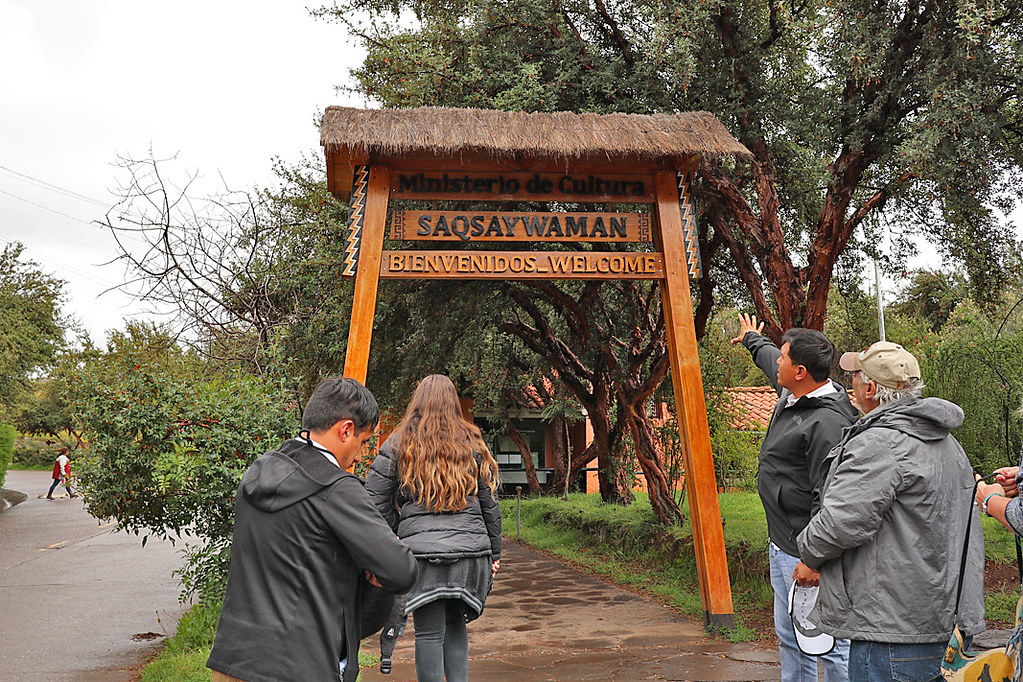
As Quatro Ruínas
Após o almoço, visite as quatro ruínas no alto de Cusco. Pegue um táxi, negocie o preço e combine que o motorista espere por você para levá-lo de volta à cidade.
- Sacsayhuamán: Uma das construções mais impressionantes dos Incas, muitas vezes referida como uma fortaleza militar. As pedras da muralha são incríveis; a maior pesa 128 toneladas. Os Incas projetaram Cusco em forma de puma, sendo Sacsayhuamán a cabeça.
- Q’enqo: Significa “labirinto” em quechua. Contém impressionantes seções esculpidas à mão no leito rochoso. O local inclui passagens, cavernas, e um altar que foi usado para sacrifícios de lhamas.
- Puka Pukara: Traduzido como “a fortaleza vermelha” em quechua. É um sítio pequeno. Arqueólogos teorizam que pode ter sido usado para proteger a fonte de água em Tambomachay.
- Tambomachay: Significa “lugar de descanso” em quechua. Acredita-se que era a casa real do Inca Yupanqui durante suas caçadas e que também serviu como Templo da Água, com interessantes aquedutos, canais e cascatas esculpidas em pedra.
Após terminar o passeio, retorne a Cusco. Desfrute de um jantar delicioso e volte para o hotel ou explore a vida noturna em uma das muitas casas noturnas localizadas ao redor da praça principal.
Dia 2: O Espetacular Vale Sagrado dos Incas
Para o segundo dia, você não pode perder o maravilhoso Vale Sagrado dos Incas, localizado a cerca de 45 minutos de Cusco. Sugerimos que você contrate um passeio para conseguir visitar todos os principais pontos em um dia.
Pisac
As principais atrações são as Ruínas Arqueológicas de Pisac, empoleiradas acima da cidade, e o Mercado de Pisac, um mercado local vibrante, perfeito para comprar lembrancinhas.
As ruínas de Pisac, com estruturas militares, religiosas e agrícolas, foram capazes de sustentar uma comunidade inteira.
Maras e Moray
O passeio deve incluir Moray, que foi um centro de experimentação agrícola construído em forma de anfiteatro. Cada nível de terraço possui uma temperatura diferente, permitindo o cultivo de vários tipos de culturas. Arqueólogos descobriram que mais de 250 tipos de cultivos foram produzidos ali.
O tour continua até as Salinas de Maras, com mais de três mil poços de sal usados para extração desde antes da época Inca. Uma nascente termal no topo do vale goteja água salgada, que preenche os poços e é deixada para evaporar, produzindo o sal.
Ollantaytambo
Depois de Maras, você irá para Urubamba, onde desfrutará de um almoço buffet, antes de seguir para a cidade inca de Ollantaytambo. Esta charmosa vila e as incríveis ruínas no topo da colina são um destaque. As ruínas são o local onde os Incas lutaram sua última grande batalha contra os conquistadores espanhóis antes de recuarem para a selva.
Águas Calientes
De Ollantaytambo, você deve pegar o trem para a cidade de Aguas Calientes, que fica abaixo de Machu Picchu. Sugerimos pernoitar aqui para explorar a pequena cidade e, quem sabe, visitar as águas termais para relaxar os músculos.
Dia 3: Machu Picchu e Retorno a Cusco
O Dia 3 é dedicado à Cidadela Inca de Machu Picchu. É altamente recomendado contratar um guia turístico para aproveitar ao máximo sua visita. Acorde cedo e pegue o ônibus até o portão de Machu Picchu.
Tour em Machu Picchu
Machu Picchu foi descoberta em 1911 pelo explorador americano Hiram Bingham, com a ajuda de um morador local. O sítio permaneceu intacto por nunca ter sido encontrado pelos espanhóis.
Acredita-se que as construções foram erguidas e ocupadas de meados do século XV ao início ou meados do século XVI. A razão do abandono do local é desconhecida, mas a escassez de água pode ter sido um fator.
Seu tour guiado de 2 horas pelo sítio o levará aos locais mais importantes, onde você poderá maravilhar-se com a genialidade dos engenheiros Incas. Quando estiver satisfeito com as vistas incríveis, pegue um ônibus de volta para Aguas Calientes. De lá, tome o trem de volta para Ollantaytambo, de onde o transporte o levará de volta a Cusco.
Com estes três dias completos, você verá tudo de melhor que Cusco e suas áreas circundantes têm a oferecer, levando consigo o legado dos antigos Incas e do povo local.

